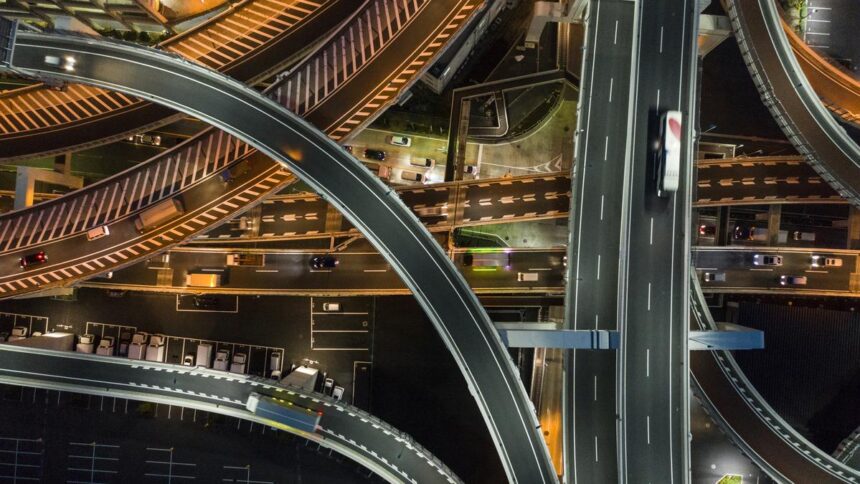What makes a city ‘smart’? The answer lies in innovative planning and design, robust infrastructure and progressive policies.

The rapid pace of urbanization and the resulting challenges have led to a deep transformation in the field of urban transport. An important aspect of shaping a smart city for the transport revolution is the development of strategic infrastructure. For example in a city like Mumbai, the expansion of the metro network is a major initiative to tackle traffic congestion and urban pollution. By extending metro lines to underserved areas and improving connectivity, the city is reducing reliance on private vehicles, and promoting a shift to public transport. This infrastructure is about improving routes and creating a web of connectivity that makes public transport a more viable and attractive option.
According to a report by the Mumbai Metropolitan Region Development Authority, the metro network will reduce road traffic by 35% and also reduce carbon emissions by approximately 1.5 million tons per year by 2030. In addition, the stations should be accessible, safe , and can efficiently handle a large volume of passengers.
Develop boundaries
Developing multi-modal transport hubs (MMTH) is another strategy that can lead to urban mobility. These hubs can facilitate easy transfers between different modes of transportation such as buses, trains, and pedestrian walkways. The facility is designed to integrate multiple modes of transportation in one location.
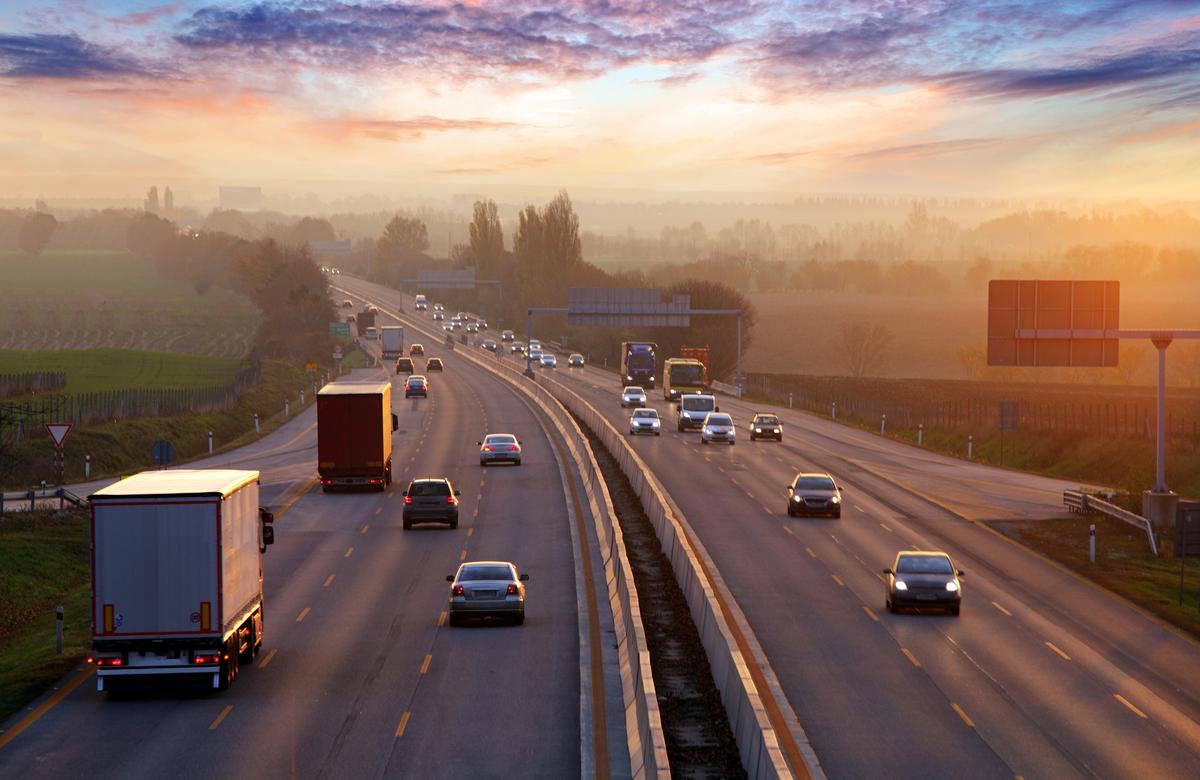
However, most manufacturing centers in India are far from major ports. With major manufacturing centers located in Uttar Pradesh, Punjab, Haryana, and the National Capital Region, a significant portion of exports originate from there. Tamil Nadu, Gujarat and Maharashtra are also actively contributing to exports making the potential for MMTH viable.
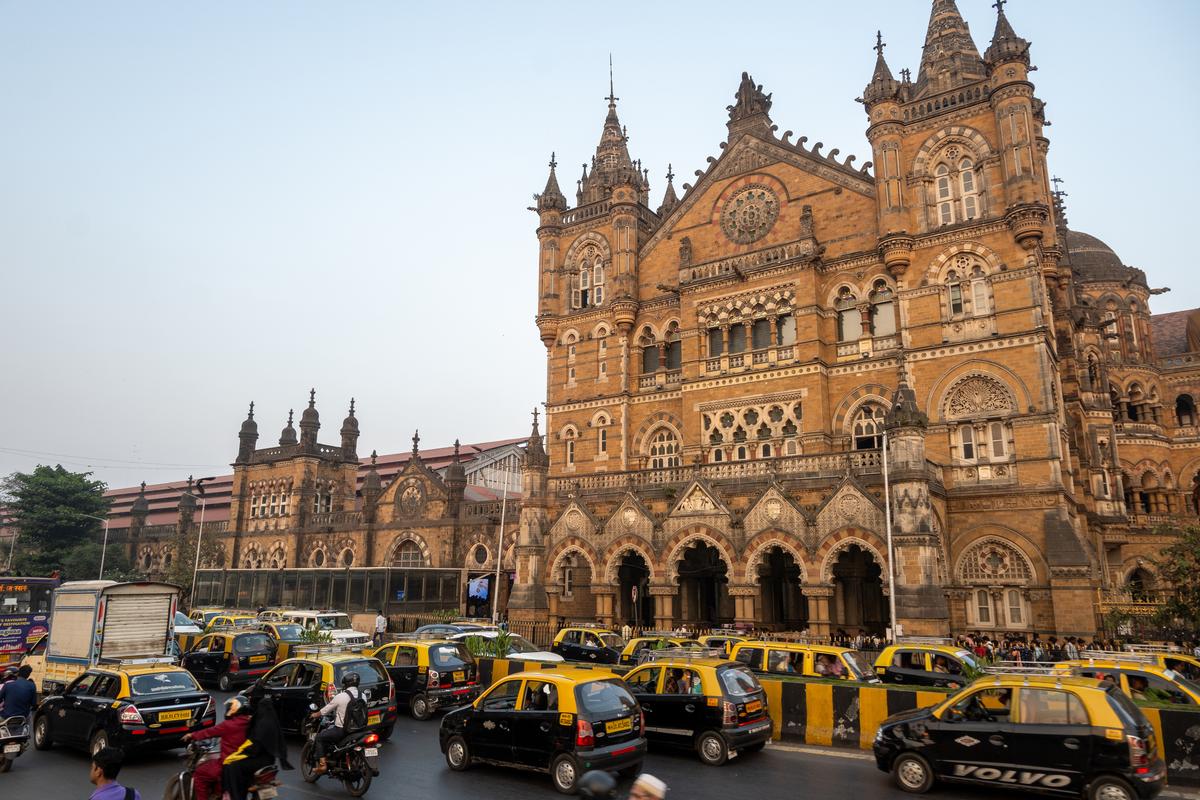
Chhatrapati Shivaji Maharaj Terminus, Mumbai | Photo Credit: Getty Images/istock
In Mumbai, the proposed redesign of Chhatrapati Shivaji Maharaj Terminus into a multi-modal hub is an example of how architectural innovation can support efficient urban mobility. Indian Railways, which aims to create mega railway terminals featuring multi-modal connectivity in cities with a population of more than 10 lakh, estimates that this transformation will increase daily passenger handling capacity by 50%, serving more than 1.5 million commuters.
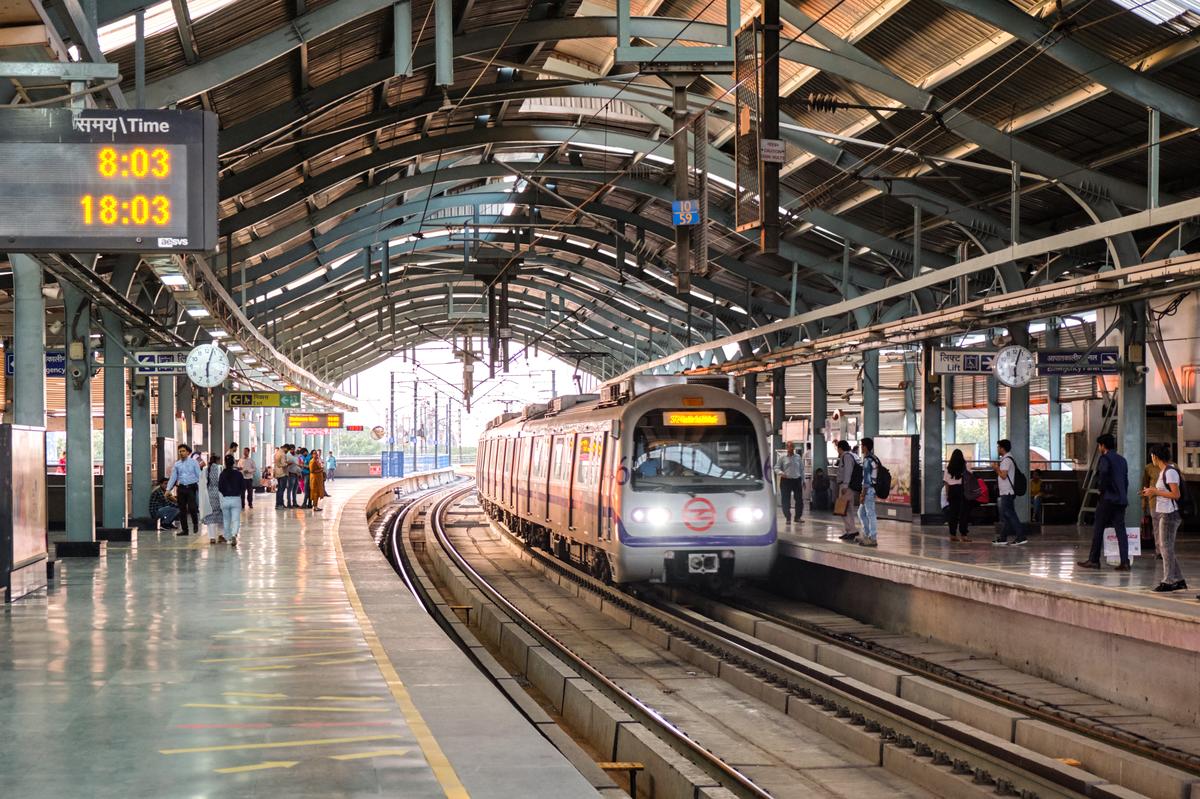
Technology integration
Integrating advanced technologies into urban transportation systems is also important for the evolution of smart cities. Real-time data analysis media and Artificial Intelligence (AI) can play an important role in managing and optimizing traffic flow. AI-powered traffic management systems can offer the benefit of adjusting signal timing based on real-time conditions, reducing congestion, and increasing travel time.
Such a system can detect overspeeding drivers, send out electronic challans to them, divert traffic to alternative routes, call for help in case of accidents, and even let ambulances know the nearest route to the nearest hospital.
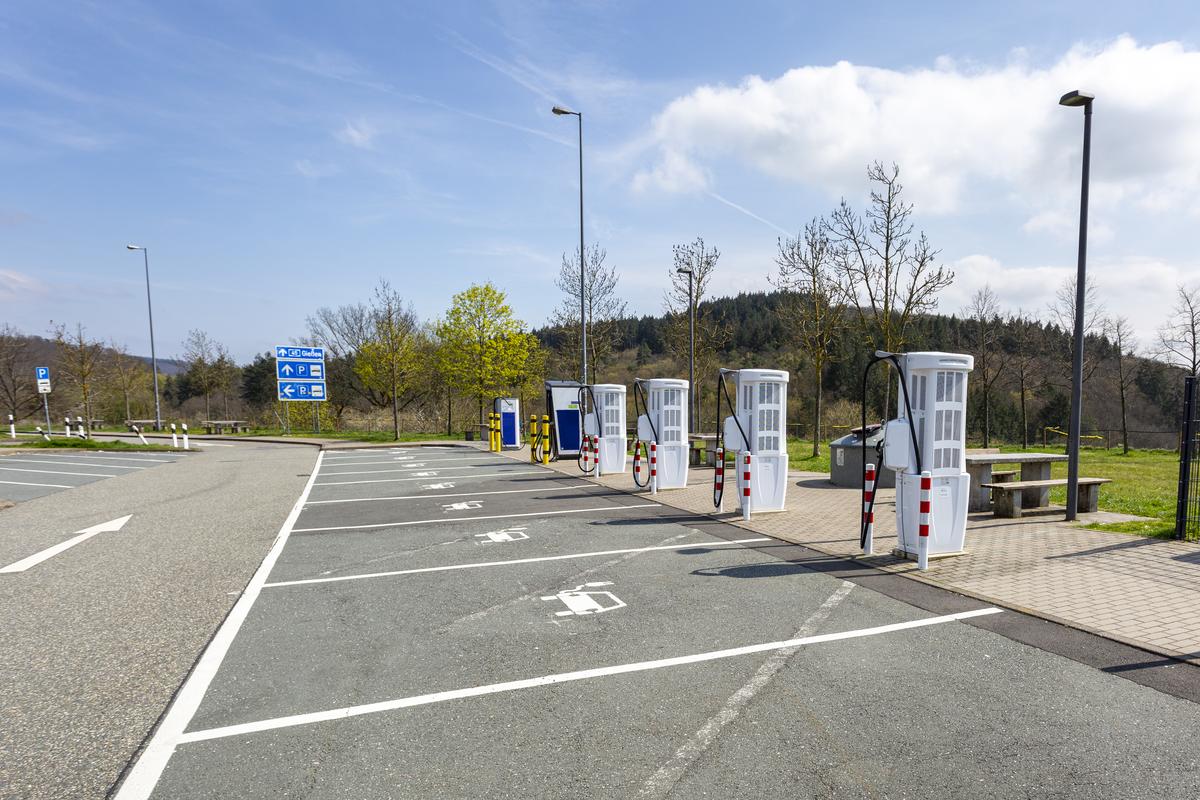
Electric vehicle charging point | Photo Credit: Getty Images/istock
The rise of electric vehicles (EVs) also demands the development of extensive charging infrastructure. According to the International Energy Agency (IEA), the number of global EV charging points will exceed 10 million by 2025, which will require strategic urban planning for these installations. Therefore, designers must design charging stations that are conveniently located and integrated into the existing urban structure without disrupting the city’s functions.
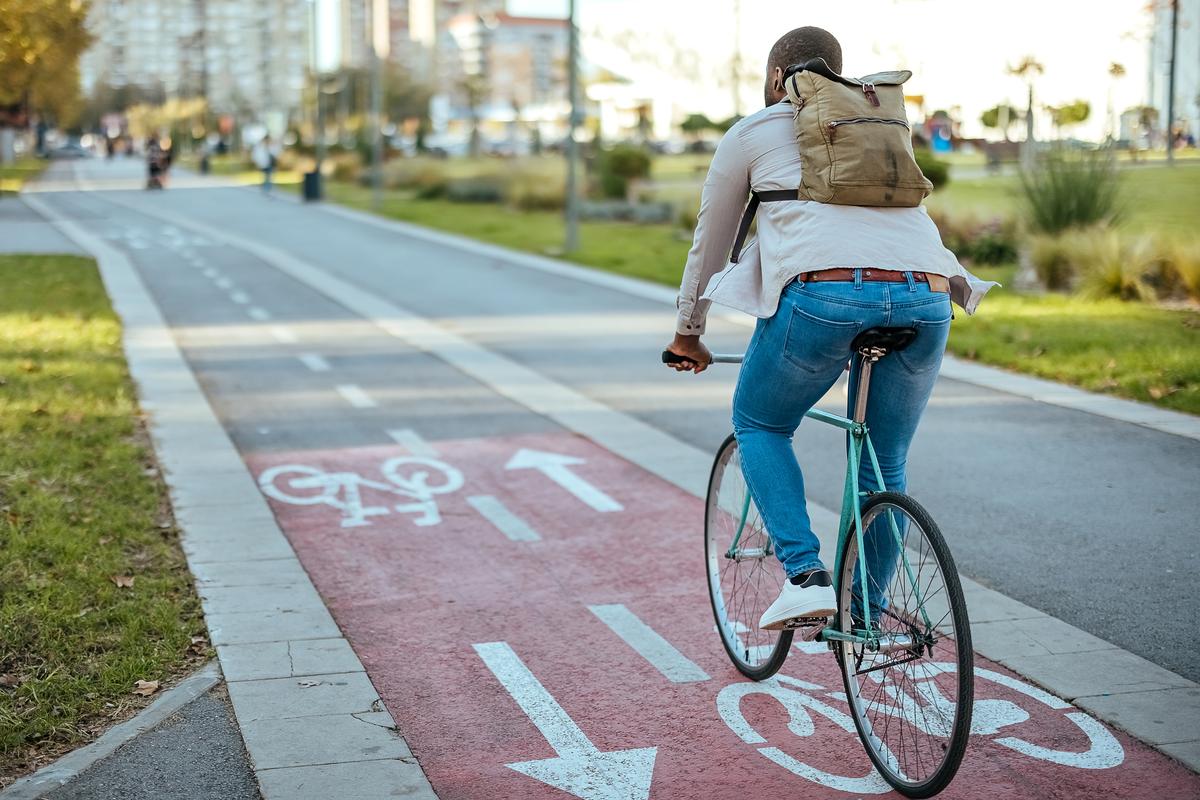
In addition, policy innovation can be instrumental in complementing architectural and technological efforts. Effective policies can encourage the use of public transport and alternative modes of transport. Initiatives such as restricted vehicle zones in busy areas can improve the use of public transport. In addition, wider sidewalks, dedicated bicycle lanes, and pedestrian bridges can also create beautiful and practical options for walking and cycling. However, these elements must be strategically designed to blend with the existing architecture, while meeting the city’s modern transportation system.
Community-centric design is another aspect that meets the needs of all residents. Urban spaces must be inclusive, ensuring accessibility for people with disabilities and providing fair access to transport services. Efforts to improve public transportation accessibility can impact the lives of residents in marginalized communities. Architectural design should focus on creating a safe environment in transportation hubs and transit routes.
Repurposing the structure
The concept of adaptive reuse is important in shaping a smart city. Today, the need for repurposing existing structures is stronger than ever to support new transportation needs that can optimize space and resources. Converting obsolete buildings into EV charging stations or community centers can revitalize neighborhoods and support the transition to sustainable transportation options.
The use of data-based decision-making in urban planning can also change the effectiveness of transportation systems. Collecting and analyzing data on traffic patterns, public transportation use, and environmental impacts allows city planners to make informed decisions. This approach ensures that the transportation system is efficient, responsive, and able to meet the dynamic needs of the city.
Public engagement and education are critical to the success of smart city initiatives. Actively involving citizens in the planning process through participatory methods ensures that their needs and preferences are respected and considered. It is very important to educate the public about the advantages of sustainable transport options, inspiring them to choose these options. By empowering citizens with knowledge and a voice in the process, we can build a more inclusive and environmentally friendly urban future.
The success of a smart city lies in its ability to anticipate and respond to the dynamic nature of urban life.
The author is Chairman and Managing Director at Vivek Bhole Architect Pvt. Ltd.

